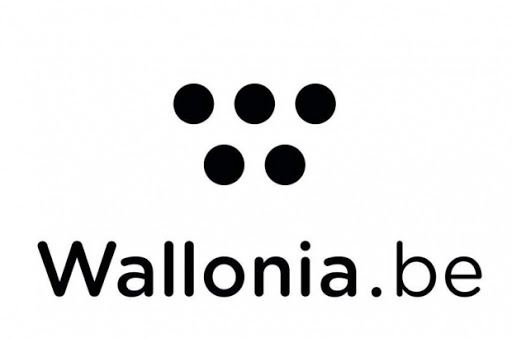SW_MULTIPHY
All innovative industries today rely on tools for numerical simulation (CAE) to analyze and predict the behavior of their systems. This covers the areas of mechanical, aerodynamic, thermal, electrical engineering, electromagnetism, optics ...
With the increasing power of computers, a new concept of simulations has emerged, called high-fidelity simulations. This concept, originating mainly from CFD, was born on industrial demand to conduct simulations “as realistic as it can be”. This requires to take into account :
